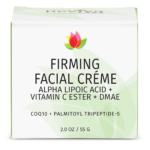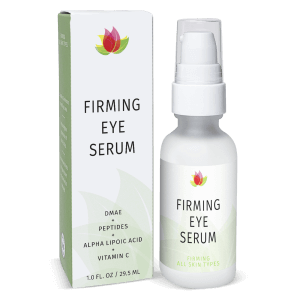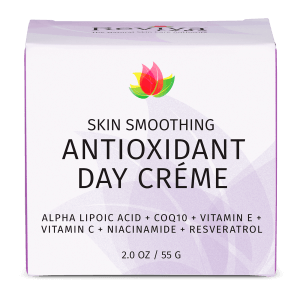Ingredients, Skin Care
Non-Technical Explanation of Free Radicals… and why Alpha Lipoic Acid is a super antioxidant
By Stephen Strassler
Free Radicals & Alpha Lipoic Acid
We hear a lot about Antioxidants these days and there is no question it’s one of the most important categories in anti-aging skin care. The function of antioxidants, as you know, is to neutralize free radicals. But before we talk about a specific antioxidant like alpha lipoic acid, let’s first review what Free Radicals are all about.
Skin Cells, Free Radicals, and Antioxidants
All skin cells are made of molecules. And all molecules need a pair of electrons. The latter reminds me of that old song “woman needs man, and man must have his mate, no one can deny.” When a molecule is mated, when it has a pair of electrons, it’s normal and stable. But lots of things can mess up a molecule and cause it to lose an electron. Among the causes: sun damage; indoor and outdoor pollution; stress; cigarette smoke; various food additives and more.When that happens, the lone electron goes a little crazy and starts attacking other skin cell molecules to steal an electron. We call that wild, crazy electron…A Free Radical.
How Free Radicals Damage Skin Cells
Free radicals damage to skin cells in their rage to secure a partner electron, is said to be the most common reason why skin ages. Free radicals affect collagen breakdown as well as other forms of surface and deeper skin damage. Which part of the skin cell does the free radical attack first? It’s the cell membrane, the outside fatty part of the cell; the richest source of electrons. Thus, to protect the cell membrane, it needs a fat-soluble antioxidant.
Antioxidants
Until recently, scientists thought the major damage from free radicals was done in the inside of the cell – which is water soluble. So most previous antioxidants like Vitamin C were used for their water solubility. But now we know it’s the fat soluble cell wall that needs the greatest protection; although the inside protection is also necessary. And that’s the beauty of the antioxidant alpha lipoic acid. It’s both.
Alpha Lipoic Acid Zaps Free Radicals
Alpha Lipoic Acid gives the free radicals the electron partners they seek. Once the antioxidant joins the free radical, the free radical becomes harmless; it no longer goes after other cells. What’s more, alpha lipoic acid’s benefits don’t stop at helping prevent future damage to skin cells; it also fights past damage (lines and wrinkles) and brightens the complexion. All antioxidants are helpful. But in the galaxy of star antioxidants, alpha lipoic acid shines brightly.









